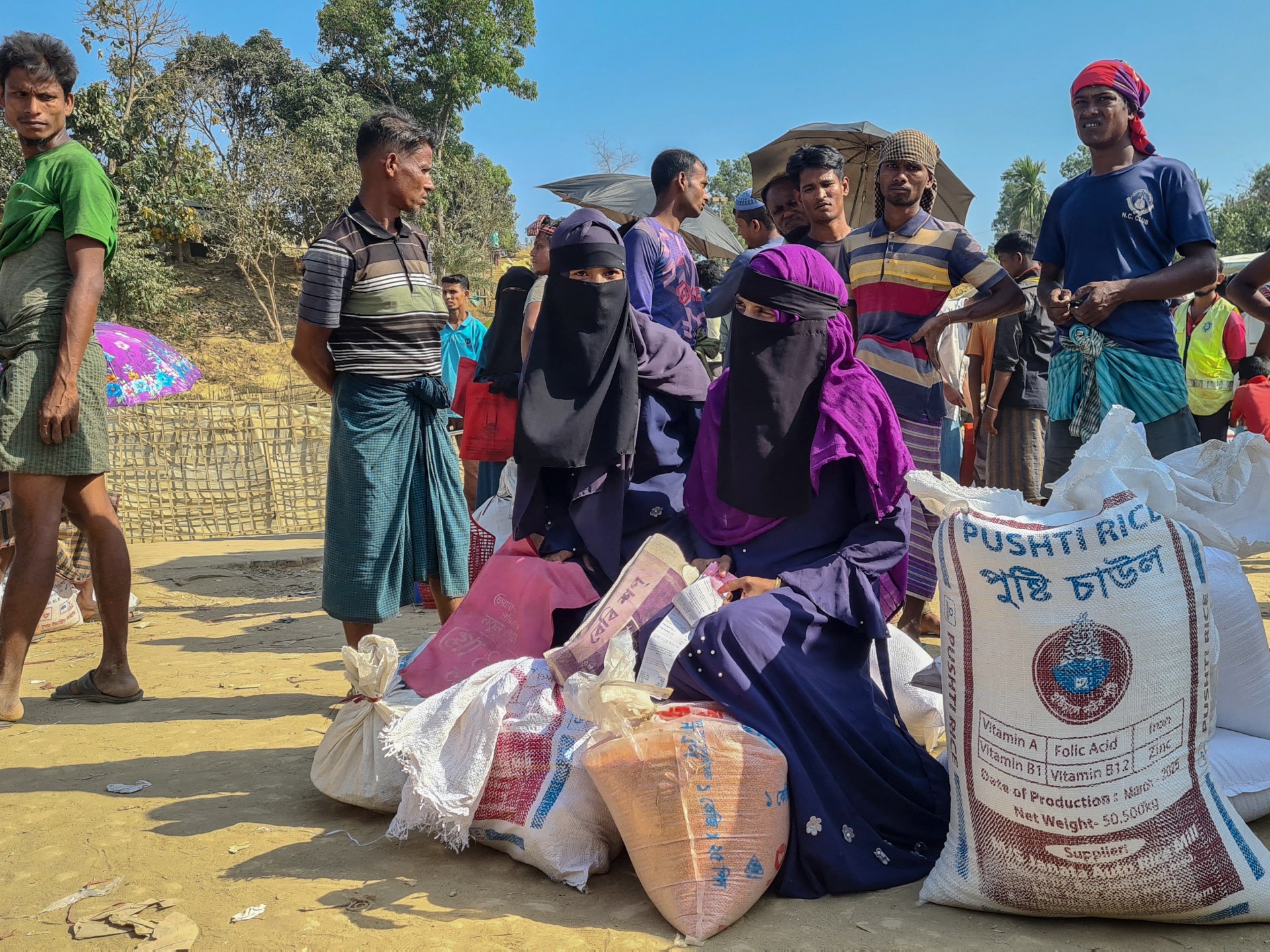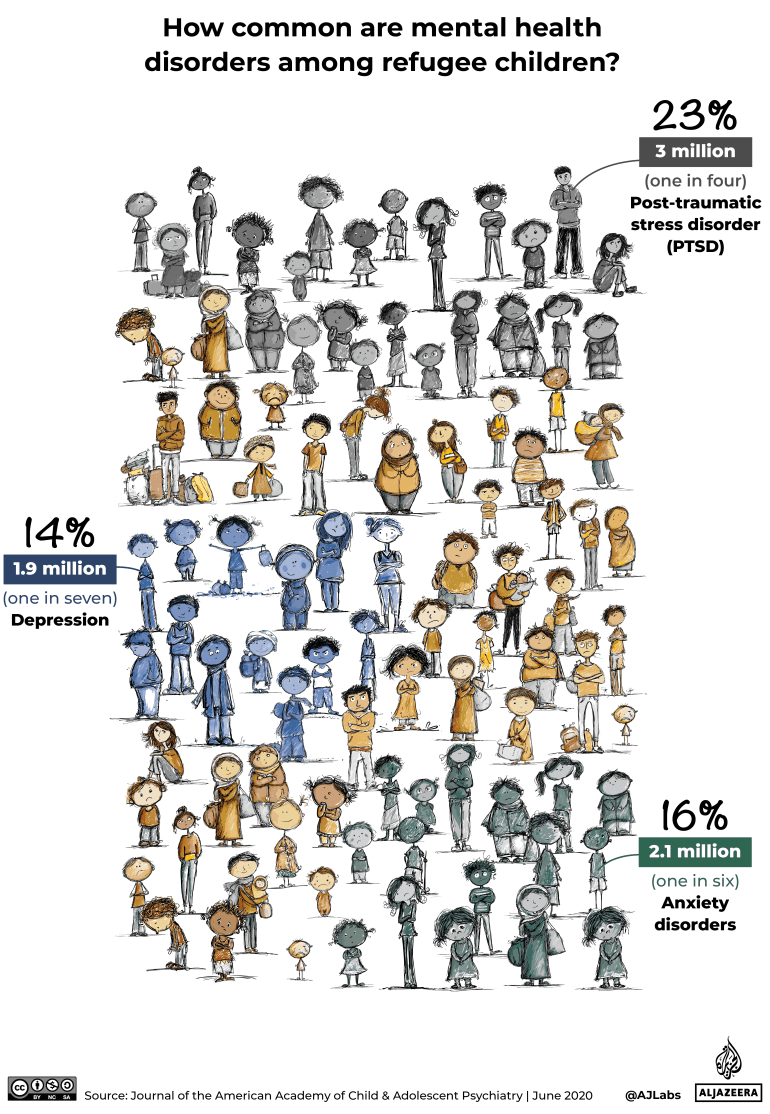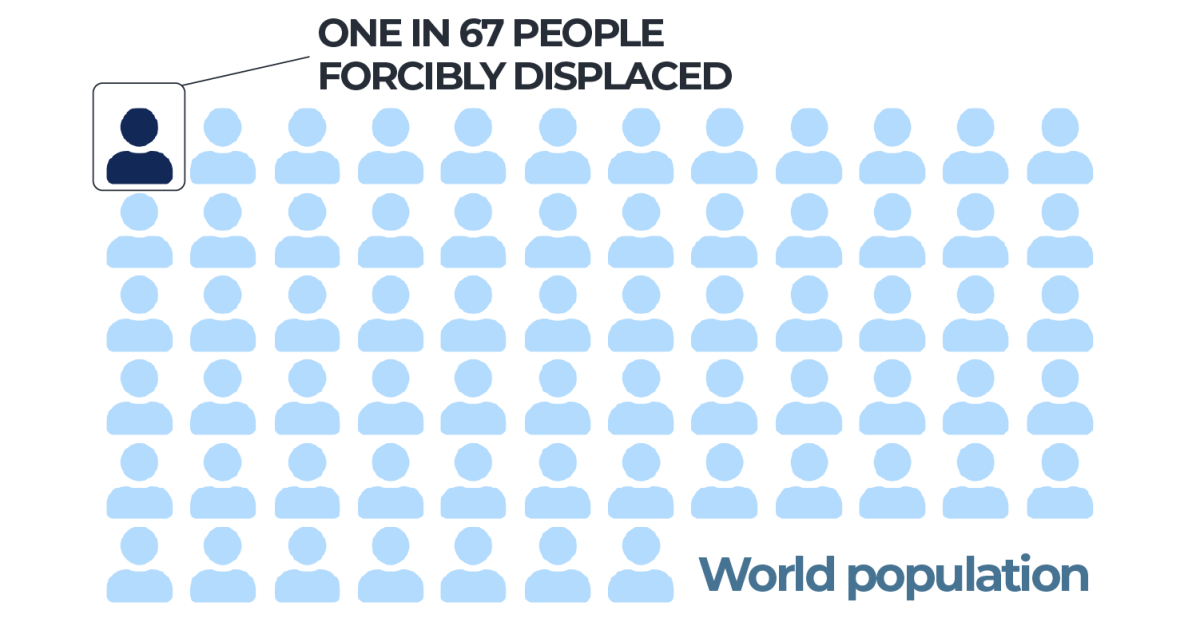One million Syrian refugees returned home since al-Assad’s fall, UN says | News
According to UNHCR, more than seven million Syrians remain displaced inside the country.
Published On 24 Sep 2025
The United Nations has said that one million Syrian refugees have returned to their country since the fall of longtime ruler Bashar al-Assad last December, while warning that funding for humanitarian operations is falling.
“In just nine months, one million Syrians have returned to their country following the fall of the Bashar al-Assad government on 8 December 2024,” the UN refugee agency (UNHCR) said in a statement on Tuesday.
Recommended Stories
list of 4 itemsend of list
The agency added that 1.8 million people displaced within Syria during its nearly 14 years of civil war had also returned to their areas of origin.
Nearly half of Syria’s pre-war population of 13 million was displaced by the conflict that began after the Assad regime’s crackdown on peaceful antigovernment protests as part of the Arab Spring protests in 2011.
Challenges for returnees
While describing the mass returns as “a sign of the great hope and high expectations Syrians have following the political transition in the country,” UNHCR said many of those heading back are struggling to rebuild their lives.
“Destroyed homes and infrastructure, weak and damaged basic services, a lack of job opportunities, and volatile security are challenging people’s determination to return and recover,” the agency said.
According to UNHCR, more than seven million Syrians remain displaced inside the country and more than 4.5 million are still abroad. It urged greater investment in stabilisation efforts and increased support for vulnerable families.
Call for humanitarian support
“The international community, private sector, and Syrians in the diaspora must come together and intensify their efforts to support recovery and ensure that the voluntary return of those displaced by conflict is sustainable and dignified and they are not forced to flee again,” said Filippo Grandi, the UN High Commissioner for Refugees.
A recent UNHCR survey found that 80 percent of Syrian refugees in Jordan, Lebanon, Egypt and Iraq want to return home one day, with 18 percent saying they hope to do so within the next year.
“They have endured a lot of suffering in the past 14 years and the most vulnerable among them still need protection and assistance,” Grandi said. “Sustained support to hosting countries like Jordan, Lebanon and Türkiye is equally critical to ensure returns are voluntary, safe and dignified.”
UNHCR warned that funds for humanitarian operations are dwindling. Inside Syria, only 24 percent of the required funding is available, while for the wider regional Syria response, just 30 percent of the requested funds have been provided.
“This is not the time to cut back support for the Syrian people and their push for a better Syria for them and the region,” the agency said.




